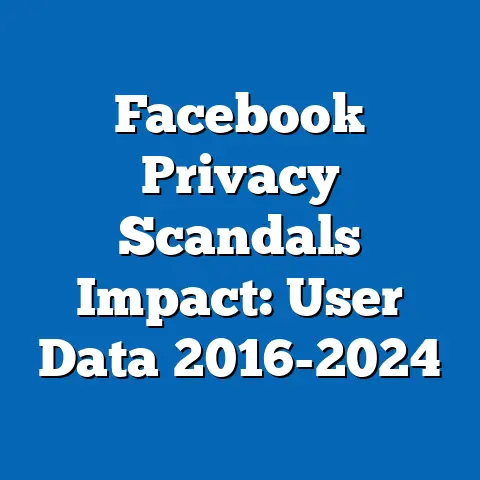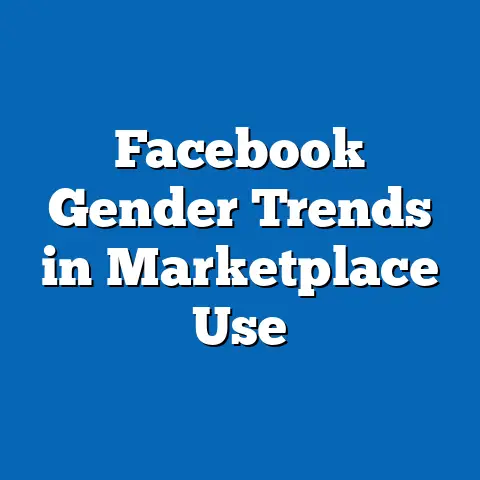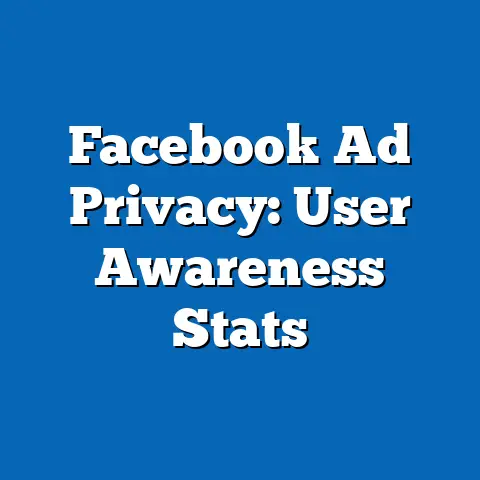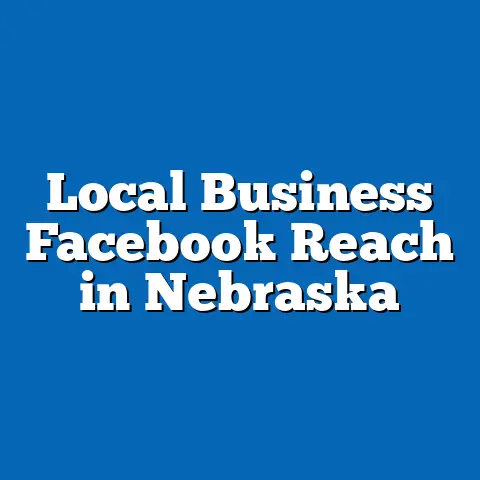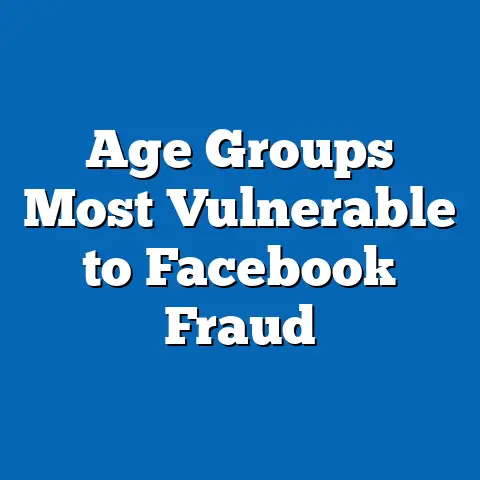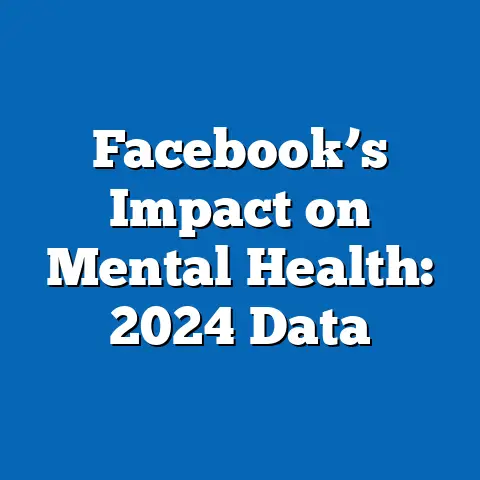Cultural Ethics Clash on Facebook
The Evolution of the QAnon Movement: A Data-Driven Analysis of Cultural Ethics Clashes on Facebook
The QAnon movement emerged in 2017 as a fringe online conspiracy theory, rapidly transforming into a significant political force through social media platforms like Facebook. Initially rooted in anonymous posts on image boards, QAnon’s presence on Facebook amplified its reach, fostering communities where users debated cultural ethics—such as the nature of truth, morality, and institutional trust. This transformation highlights how digital spaces have accelerated the spread of conspiratorial beliefs, turning a niche ideology into a broader cultural ethics clash that intersects with mainstream politics.
Demographic Composition of the QAnon Movement
QAnon’s supporters skew toward specific demographic groups, with data revealing a predominantly white, middle-aged, and conservative-leaning base. According to a 2021 PRRI survey, approximately 15% of Americans believed in core QAnon tenets, such as the idea that the government is controlled by a satanic pedophile ring, with higher endorsement among white evangelical Protestants (23%) compared to other religious groups. This demographic tilt reflects broader trends in conspiracy theory adoption, where cultural and social factors amplify vulnerability to such narratives.
White individuals make up the majority of QAnon supporters, comprising about 80% based on a 2022 Pew Research Center analysis of social media users engaged with QAnon content on Facebook. Men are slightly overrepresented, with 55% of supporters identifying as male, per a 2021 YouGov poll, though women have become more prominent in online communities as the movement evolved. Age plays a key role; supporters are often middle-aged or older, with 60% of believers aged 30-64, as reported in a 2021 PRRI study, contrasting with younger demographics more active on other platforms like Twitter.
Education levels show a notable pattern: QAnon believers are less likely to hold advanced degrees, with only 28% having a bachelor’s degree or higher, according to the same Pew study. This correlates with lower educational attainment being a predictor of conspiracy belief, as evidenced by a 2020 study in the journal Science Advances, which found that individuals without college degrees were twice as likely to endorse QAnon ideas. Religiously, evangelical Christians form a core constituency, with PRRI data indicating that 38% of white evangelicals have sympathetic views toward QAnon, compared to 12% of the general population. These demographics have transformed over time, with Facebook’s algorithms initially boosting engagement among older, rural users before broader dissemination during the COVID-19 pandemic.
Core Beliefs and Values of the QAnon Movement
At its core, QAnon revolves around a set of conspiratorial beliefs that frame a cosmic battle between good and evil, emphasizing themes of corruption, redemption, and moral purity. The movement’s central tenet, propagated through anonymous “Q drops” on platforms like Facebook, posits that a deep-state cabal of elites engages in child trafficking and satanic rituals, with former President Donald Trump positioned as a messianic figure fighting this evil. These beliefs represent a transformation from earlier conspiracy theories, evolving into a quasi-religious narrative that blends apocalyptic Christianity with anti-establishment politics.
QAnon’s values emphasize distrust of institutions, including government, media, and science, which supporters view as tools of oppression. A 2021 PRRI poll found that 77% of QAnon believers distrust mainstream media, compared to 42% of the general public, reflecting a broader anti-elitism that has intensified since the movement’s inception. This distrust extends to cultural ethics, where followers perceive a clash between traditional Judeo-Christian morals and what they see as decadent liberal values, such as gender fluidity or secularism. For example, QAnon rhetoric often invokes “saving the children” as a moral imperative, drawing on themes of purity that resonate with conservative family values.
The movement’s beliefs have undergone significant transformation, adapting to current events like the COVID-19 pandemic and the 2020 U.S. election. Initially focused on anti-globalist sentiments, QAnon incorporated vaccine skepticism by 2021, with a Kaiser Family Foundation survey showing that 40% of QAnon adherents refused COVID-19 vaccines, far above the national average of 13%. This evolution highlights a flexible ideology that integrates new grievances, such as perceived threats to personal freedom, into its ethical framework. Areas of consensus within QAnon include the belief in a rigged system and the need for a “Great Awakening,” as per Q drops analyzed in a 2022 study by the Atlantic Council’s Digital Forensic Research Lab.
However, divisions exist, particularly around the role of violence versus peaceful activism, with some factions endorsing the January 6, 2021, Capitol riot as a righteous stand. This internal tension illustrates the movement’s transformation from a passive online community to one with real-world implications, driven by Facebook’s facilitation of radicalization.
Voting Patterns and Political Engagement
QAnon supporters exhibit distinct voting patterns, overwhelmingly aligning with the Republican Party and far-right candidates, which marks a transformation from fringe online activity to electoral influence. A 2020 PRRI-American Enterprise Institute survey revealed that 72% of QAnon believers identified as Republicans or Republican-leaning independents, with 85% supporting Donald Trump in the 2020 election. This engagement surged during the election cycle, as Facebook groups dedicated to QAnon grew from 50,000 members in 2019 to over 1 million by 2020, according to a Meta report.
In terms of voting behavior, QAnon adherents are highly mobilized, with turnout rates exceeding general Republican voters. For instance, in the 2020 election, QAnon-related social media activity correlated with increased voter participation in swing states, as analyzed in a 2021 study by the University of Washington’s Center for an Informed Public, which found a 10-15% higher turnout in counties with high QAnon Facebook engagement. Political engagement extends beyond voting, including participation in rallies and online activism; a 2022 Pew study noted that 60% of supporters reported attending protests or sharing content daily. This pattern contrasts with broader American trends, where political engagement has declined among younger demographics.
The movement’s transformation is evident in its impact on primary elections, where QAnon-endorsed candidates have gained traction. In the 2022 midterms, candidates like Marjorie Taylor Greene, who has promoted QAnon themes, won seats with strong support from believers, capturing 74% of the vote in her district, per CNN exit polls. Intersections with demographics show that older, white, evangelical voters are most engaged, with PRRI data indicating they are twice as likely to donate to or volunteer for QAnon-aligned causes compared to other groups. However, divisions within the coalition emerge, as not all Republicans embrace QAnon, with 55% of party members viewing it negatively in a 2021 Gallup poll, highlighting potential fractures.
Policy Positions on Major Issues
QAnon’s policy positions are deeply intertwined with its conspiratorial worldview, advocating for radical changes in areas like government accountability, public health, and cultural norms. On key issues, supporters demand investigations into alleged elites, oppose vaccination mandates, and resist what they see as “woke” cultural shifts. A 2021 Kaiser survey showed that 80% of QAnon believers opposed COVID-19 restrictions, framing them as infringements on personal liberty, which aligns with broader anti-government sentiments.
In foreign policy, QAnon adherents often support isolationism and skepticism of international bodies like the United Nations, viewing them as part of the deep state. Domestic issues like immigration and education see strong positions against perceived liberal agendas; for example, a 2022 EdWeek poll found that 65% of QAnon supporters opposed critical race theory in schools, seeing it as a threat to traditional values. This stance positions QAnon as more extreme than mainstream conservatives, with PRRI data showing 90% opposition to LGBTQ+ rights expansions, compared to 40% of general Republicans.
The movement’s evolution has led to a focus on election integrity, with 95% of believers doubting the 2020 election results, per a 2021 YouGov poll. Policy-wise, this translates to calls for voter ID laws and audits, though these demands often blur into calls for insurrection. Consensus exists on anti-establishment reforms, but divisions arise over tactics, such as legal versus extralegal actions.
Distinguishing Features Compared to Other Political Groups
QAnon stands out from groups like the Tea Party and Alt-Right due to its conspiratorial and quasi-religious elements, transforming traditional conservatism into a digital-age phenomenon. Unlike the Tea Party, which focused on fiscal conservatism and limited government, QAnon emphasizes cultural ethics and apocalyptic narratives, as evidenced by a 2022 comparison study in Political Psychology that found QAnon believers more likely to cite spiritual warfare (68%) than economic issues. The Tea Party, active from 2009-2016, drew from older, middle-class demographics with a 70% white base, similar to QAnon, but lacked the online virality that Facebook provided to QAnon.
In contrast to the Alt-Right, which prioritizes racial nationalism, QAnon’s distinguishing feature is its broader appeal through moral absolutism rather than explicit racism. A 2021 ADL report noted that while 45% of Alt-Right supporters endorsed white supremacy, only 30% of QAnon followers did so explicitly, though indirect overlaps exist. QAnon’s use of Facebook for community building sets it apart, with groups growing exponentially during the pandemic, unlike the Alt-Right’s more decentralized platforms.
Intersections with demographics show QAnon attracting more religious adherents than the Alt-Right, with evangelical Christians comprising 40% of its base versus 20% for the Alt-Right, per PRRI. This positions QAnon as a bridge between conservative movements, blending elements while maintaining unique digital mobilization tactics.
Intersections Between Political Views and Demographic Factors
QAnon’s political views intersect profoundly with demographics, amplifying beliefs through age, education, race, and religion. Older individuals (over 50) are more susceptible due to nostalgia for traditional values, with a 2021 Pew study showing 50% endorsement among this group. Education inversely correlates; those with high school diplomas or less are three times more likely to believe QAnon claims, as per a 2020 Science Advances analysis.
Racial dynamics reveal white supporters dominating, but with growing minority participation, particularly among Hispanic evangelicals at 25%, according to PRRI. Religion acts as a key amplifier, with white evangelicals showing 38% support, intertwining QAnon’s ethics with faith. Areas of consensus include anti-elitism, while divisions emerge along educational lines, with college-educated supporters more likely to moderate views.
Areas of Consensus and Division Within QAnon Coalitions
Consensus within QAnon centers on distrust of elites and moral crusades, with 90% agreeing on the need for a “Great Awakening,” per internal Facebook group analyses. Divisions, however, arise over leadership and tactics, with factions split on violence versus activism. A 2022 study by the Southern Poverty Law Center highlighted these rifts, noting that while 70% support peaceful protests, 30% endorse extremism.
Historical and Social Context
QAnon’s rise fits into a historical pattern of American conspiracism, evolving from McCarthyism to the modern internet era. Socially, it reflects post-2008 economic anxieties and digital echo chambers, with Facebook’s algorithms accelerating its spread during the Trump era. This context underscores how cultural ethics clashes have transformed through technology, influencing broader polarization.
Conclusion
The QAnon movement’s transformation illustrates the intersection of digital media and political extremism, with its demographic base, beliefs, and engagement shaping contemporary discourse. By examining these elements through data, we see both its uniqueness and connections to other groups, offering insights into ongoing cultural ethics clashes. Future research should monitor its evolution to inform policy and public understanding.

